Bobolinks: summer visitors from south of the equator
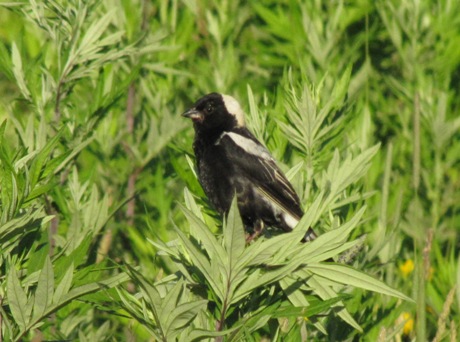
The bobolinks have returned from their South American wintering grounds and once again nearby meadows and fallow fields are filled with their bubbly serenade. They've come from as far away as Argentina, arriving in the northern U.S. and southern Canada to raise a single brood.
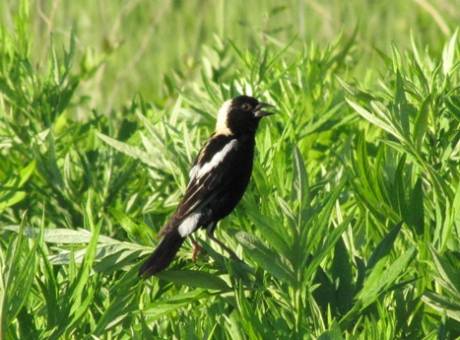
Their preferred habitat provides both nesting and foraging. Here they construct their nests on the ground, well concealed amid tall grasses. And it is in these same confines where they dine on seeds and insects.
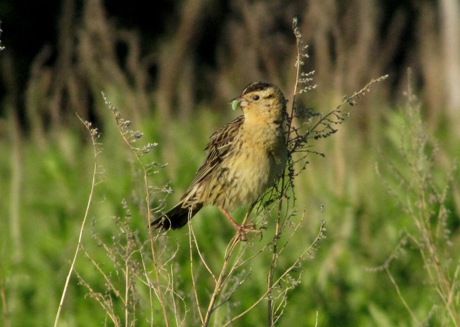
Once the mating season is over the males will molt and, like the female pictured above, will take on a more sparrow-like appearance and will migrate south in such fashion. Unlike the spring migration, the bobolink's return flight to its wintering grounds is done in much larger flocks.
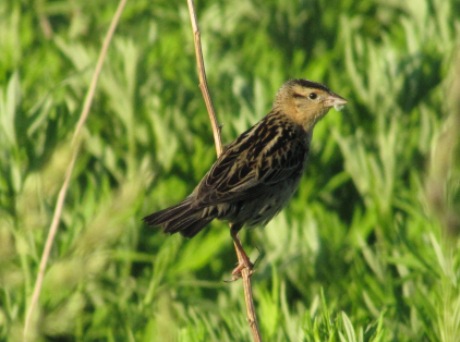
Back in the day the southward migration of the bobolink included a stopover on South Carolina rice plantations where the birds gorged themselves on grain until they became plump "little butterballs." Because the males had molted, folks thought they were seeing a different species of bird and the now drab-colored bobolinks were called "butterbirds" and were shot by the tens of thousands each fall as a food source.
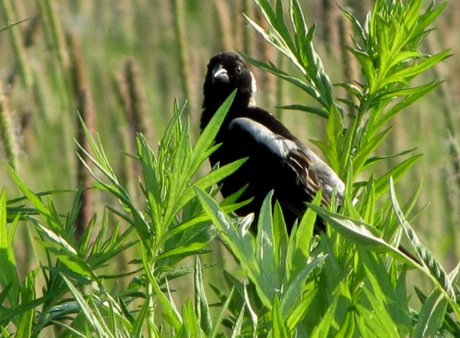
The bobolink was all but eradicated then, but today most of the rice fields are gone and the bobolink, like all songbirds, is a protected species.
